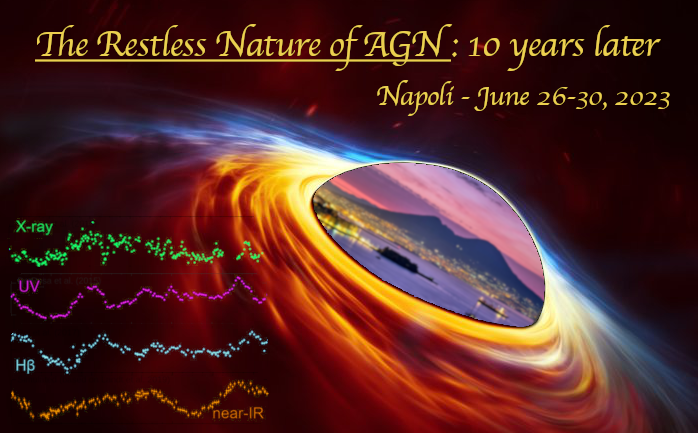Speaker
Description
We present the photometric and spectroscopic analysis of a new nuclear transient AT2020nov, an event that shows properties consistent with both TDEs and active galactic nuclei (AGN). Observations in the X-ray show late-time flaring, coincident with a minor re-brightening in the optical/UV. Evolution in the X-ray hardness ratio follows a trend from hard to soft, suggesting a change in the accretion behavior with time. Optical spectroscopy taken both before and after the light curve peak show a blue continuum, with resolved double-peaked Balmer emission and possible Bowen Fluorescence features. The discrepancy between the X-ray and UV/optical photometry indicates that the radiation sources are initially uncorrelated, with emission arising from physically distinct components. This implies a scenario in which the optical/UV peak is powered by collisions in the debris streams of a circularizing accretion disk, while the late-time X-ray and optical/UV bump result from the enhanced accretion rate of the circularized disk. However, modeling of the double-peaked Balmer features in the spectra with an elliptical accretion disk indicates that the disk formed early and fast, inconsistent with circularization occurring at late times. In this talk, I'll discuss how this new event fits into the landscape of nuclear transients generally, and TDEs/AGN specifically.

